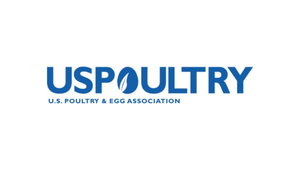Population of wild horses currently 150% over appropriate management level.

The Bureau of Land Management’s (BLM) Wild Horse & Burro Advisory Board, which is made up of a wide range of stakeholders, last week recommended significant management changes to address the exploding population of wild horses and the resulting animal welfare catastrophe.
Dave Eliason, Public Lands Council (PLC) president, said the move is a step in the right direction.
“As a stakeholder group that both cares for animals professionally and works the very rangelands currently being degraded by this growing problem, we are glad to see the advisory board take heed of this epidemic and recommend plausible management changes,” Eliason said. “Watching these horses starve to death or die of dehydration because the population has exceeded what the range can hold is simply unacceptable. The Department of Interior must bring these populations back to a sustainable and responsible level.”
Currently, BLM estimates the population of free-roaming horses and burros at 67,000 – nearly 40,000, or 150%, over the appropriate management level — and the population is growing at 20% per year. Additionally, 45,000 horses and burros remain in long-term storage at a cost to taxpayers of $50,000 per animal.
The advisory board recommended that BLM sell horses for private ownership and euthanize those that cannot be sold.
In June, Nevada state veterinarian J.J. Goicoechea testified on behalf of PLC before the House natural resources subcommittee on federal lands. In addition, in preparation for the advisory board meeting last week, PLC also submitted comments for consideration. Both the testimony and comments warned that without proper management of wild horse populations, long-term issues for western rangelands — including soil compaction, desertification and the spread of invasive species — are imminent.
“The current situation is deplorable,” Eliason said. “The lack of management is bad for the range, bad for the local communities impacted and disastrous for the horses.”
PLC strongly encouraged BLM to work to implement the advisory board’s recommendation and allow for the sale of wild horses to bring the population back to ecologically and economically sustainable levels.
About the Author(s)
You May Also Like



